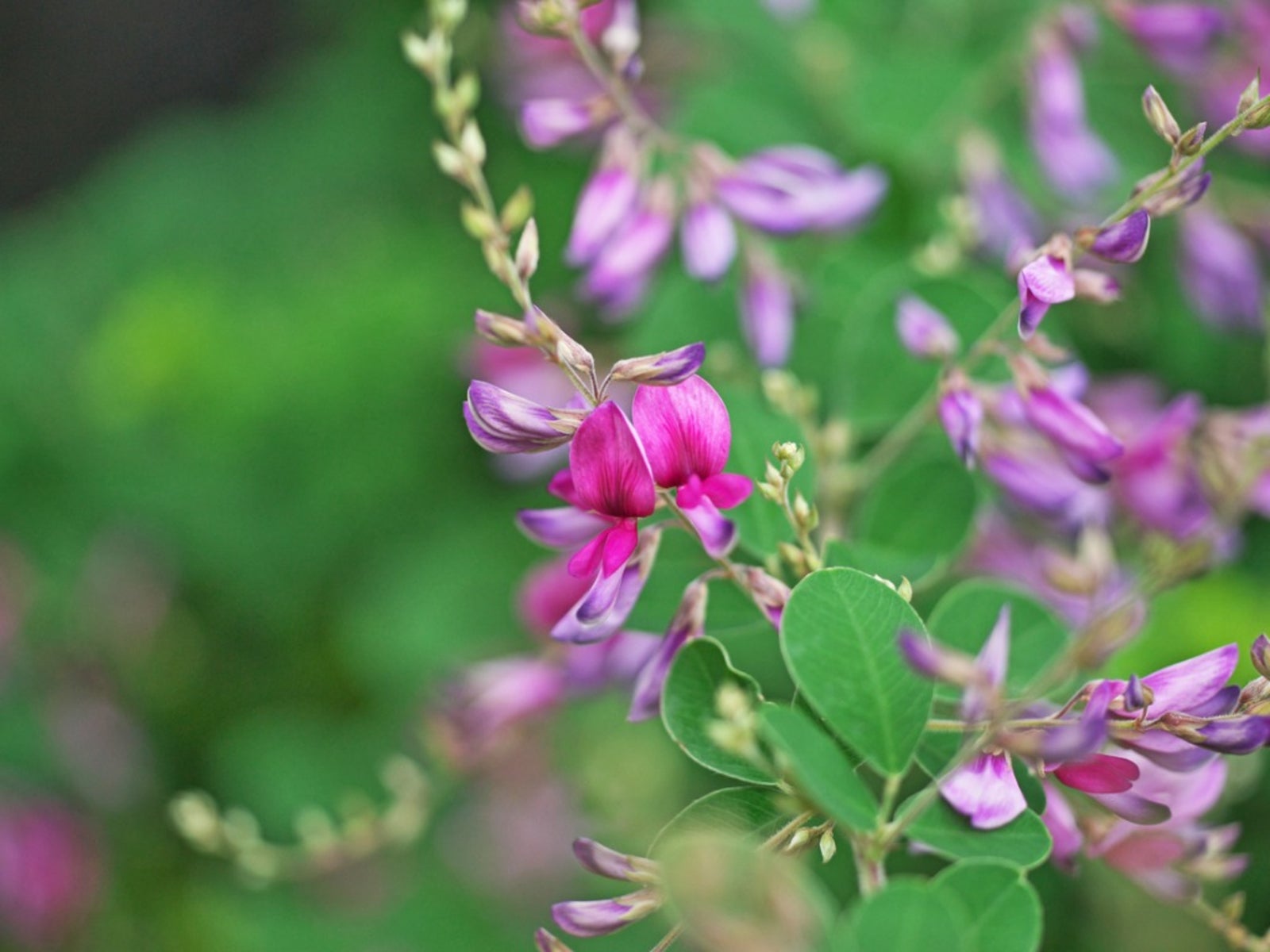Controlling Lespedeza: Tips For Getting Rid Of Lespedeza Clover

No one likes to combat weeds in their grass, and common lespedeza (Kummerowia striata syn. Lespedeza striata) is a persistent perennial, woody weed that competes with your grass for nutrients late in the summer. This common weed, which bears a pink to purple flower, is also known as Japanese clover, lespedeza clover, or annual lespedeza. It has a mat-forming habit and a semi-woody taproot, which hugs the ground. While getting rid of lespedeza clover may seem like a fruitless task, some control measures can be employed.
Removing Lespedeza from Lawns
The common lespedeza weed grows best in thin and dry turf that is compacted. Keeping your turf healthy by providing the proper nutrients for your soil type, maintaining the proper pH for your soil, and mowing on a regular schedule will impede the spread of these weeds and is one of the best ways for controlling lespedeza. If your turf is unhealthy, it is best to take a soil sample and have it tested in order to provide the nutrients recommended. A healthy lawn will keep lespedeza weed at bay easier than an unhealthy lawn. Pre-emergent control is helpful and includes organic measures, such as gluten cornmeal, that can be applied in very early spring. Pre-emergent herbicides may also be used to keep lespedeza at bay before seeds germinate. A three-way herbicide is effective when removing lespedeza from lawns with centipede, St. Augustine, zoysia, tall fescue, and Bermuda grasses. It is vital that you always follow the directions when applying any herbicide. Apply herbicides in spring when the grass is starting to turn green. Mow a newly seeded lawn at least three times before applying herbicide.
Controlling Lespedeza Weed in Landscape Beds
Sometimes you may find that getting rid of lespedeza clover in the garden is necessary. If lespedeza has taken over small areas in your landscape or garden beds, hand pulling is recommended. Non-selective herbicides should be used with extreme caution. Do not allow herbicides to come in contact with ornamental foliage or stems as injury may occur. Protect ornamental plants with pieces of cardboard if spraying is necessary. Use a 2 to 3 inch (5-8 cm.) layer of mulch to help deter perennial weeds, such as lespedeza, in landscape beds.
Sign up for the Gardening Know How newsletter today and receive a free copy of our e-book "How to Grow Delicious Tomatoes".